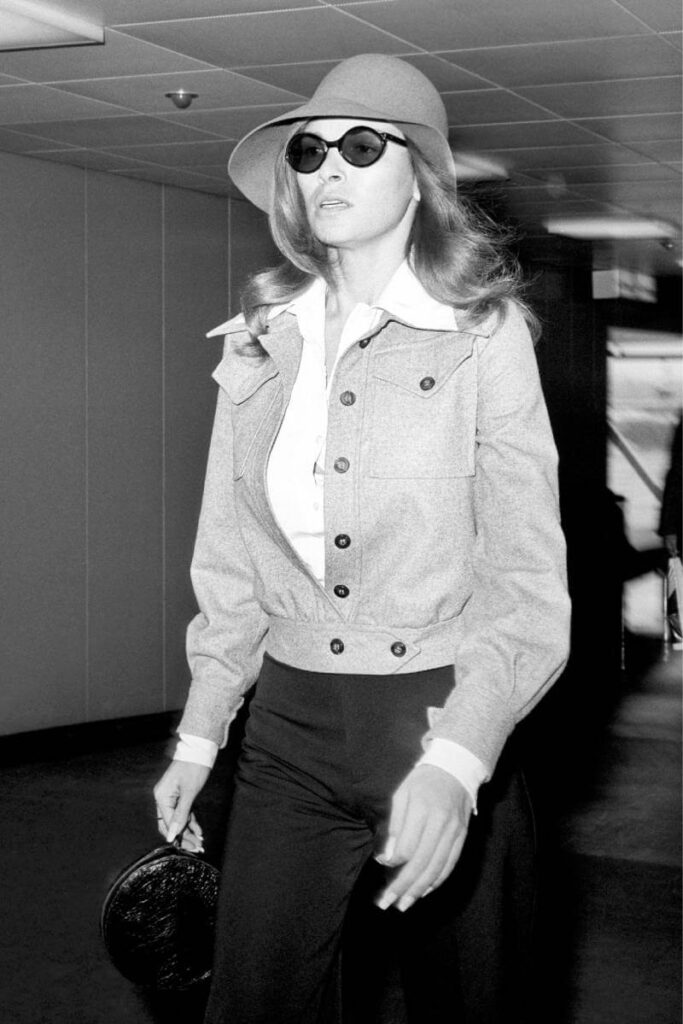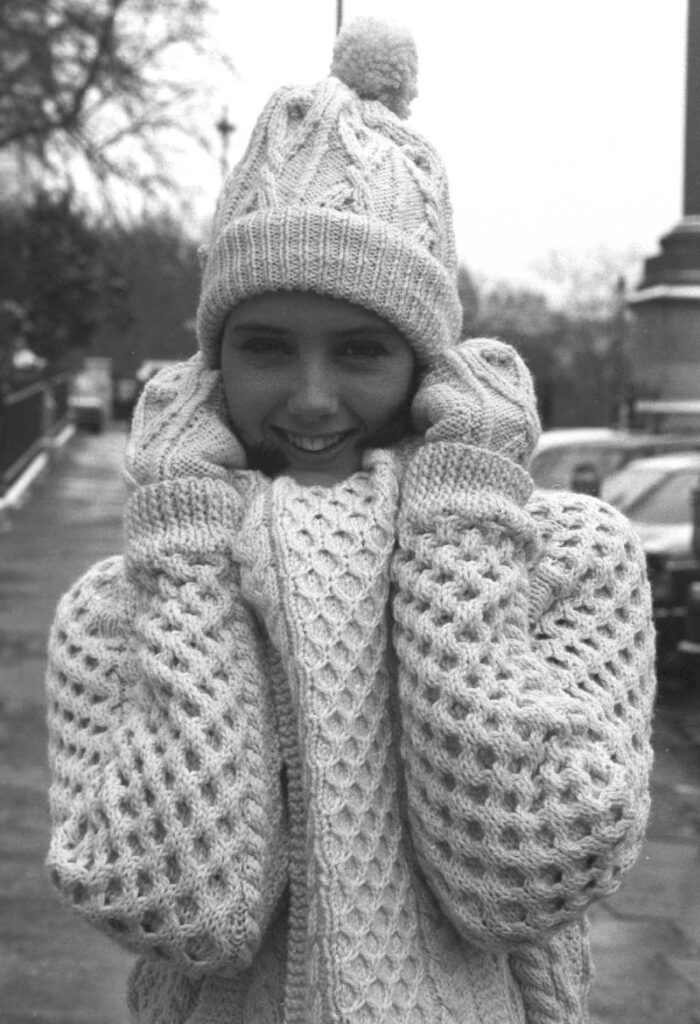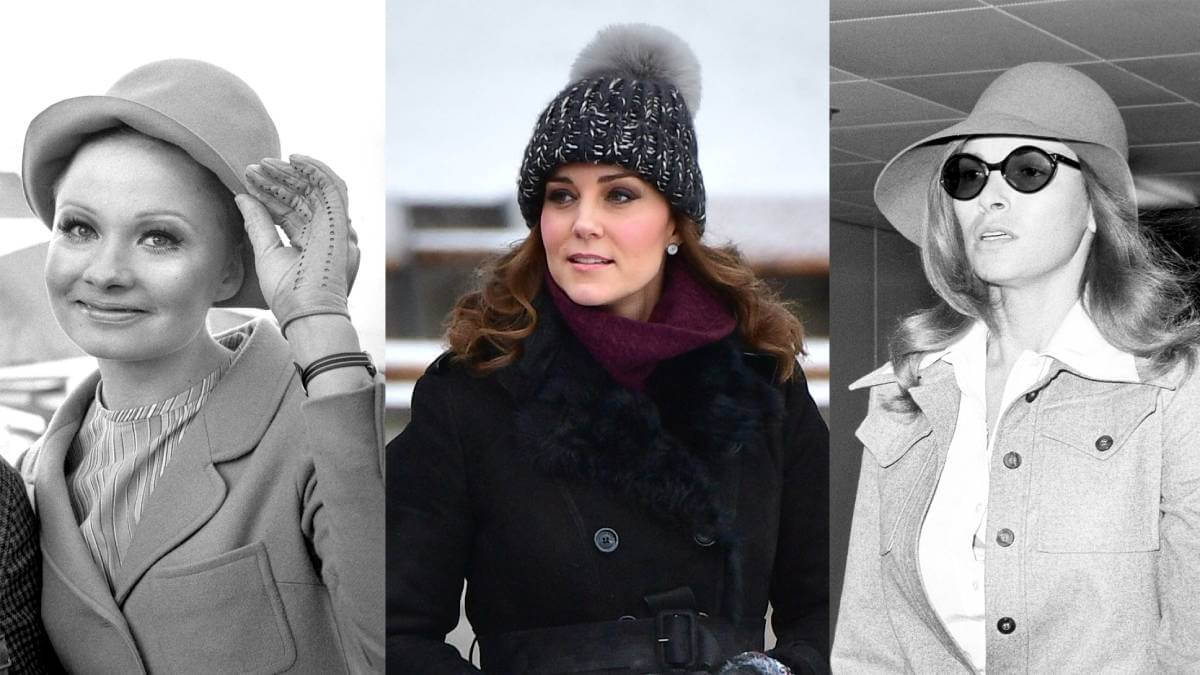Nowadays, chunky bobble hats are the fashionista’s favourite, but in years gone by more understated styles, such as the cloche and beret, were all the rage, while floppy, wide-brimmed hats ruled in the 1970s.
Here, we look back at how winter hat trends have evolved through the decades.

1920s: The cloche hat
Coming in with the fashionably short hairstyles and dropped waistlines of the roaring twenties was the cloche, an unfussy, bell-shaped hat that fitted snugly over ladies’ cropped cuts. Like the bonnets of the 1800s and the Edwardian hats of the early 1900s, they could be embellished and adorned to the wearer’s taste. Made from straw and lighter fabrics in the summer, winter cloches were crafted from thick felt.

1930-40s: The trapper hat
The trapper hat took its inspiration from fur-lined Russian ushanka hats and early 20th century leather aviator caps, designed to protect the wearer against the frosty conditions of Siberian winters and high-altitude flights respectively. In the 1940s, trendy trapper hats combined elements of both, providing a popular way to keep out the chills.

1940s-50s: The beret
This soft, round, flat-crowned hat originally dates back to 19th century France and Spain, but hit its peak popularity in the mid-20th century and has been a popular choice ever since. From the beatniks to iconic actress Lauren Bacall in The Big Sleep, this classic hat has had many fans over the years. Made of wool or felt, it’s a cosy and classic style for winter.

1970s: The floppy hat
Floppy felt hats were popularised in the 1970s by actors such as Faye Dunaway, Brigitte Bardot and Raquel Welch. Similar to fedoras, but less firm and structured and with much wider brims, they offered more protection from bracing winds. The increased availability of synthetic materials during this decade meant milliners could play around with their structure and incorporate a variety of materials, including fake fur, for extra warmth in winter.

1980s: The bobble hat
Hats with pom-poms on them have a history which stretches all the way back to Viking times – if an ancient statue discovered in Sweden of the old Norse god Freyr wearing a pointy hat is anything to go by. The word pom-pom itself is derived from the French ‘pompon’, however, and modern bobble hats probably owe more of a debt to the military uniforms of France and Scotland than Scandinavian gods. Bobble-topped woolly hats were hugely popular in the 1980s, and they’ve had a resurgence recently with fluffy pom-poms now bigger than ever.

2000s: The beanie
Beanies took over as the most fashionable headwear after the turn of the millennium, but have you ever stopped to think where the snug-fitting style got its name? There’s actually a bit of debate about that, with some historians believing it’s derived from the ‘beanus’ hats medieval scholars wore, while others think it simply comes from ‘bean’ being slang for head. Whatever the true origin, after skaters started calling knitted brimless hats ‘beanies’ in the 1990s, it stuck, and the style hit the mainstream not long after.

Are you a fan of hats? What’s your favourite style? Let us know in the comments section below.
Also read: How to style a vest: Winter layering 101
– With PA


I love hats had to wear them for school they were felt and round with a turned up brim. Now a days I wear a beanie when I walk my dog when it’s cold. I wear straw in the summer